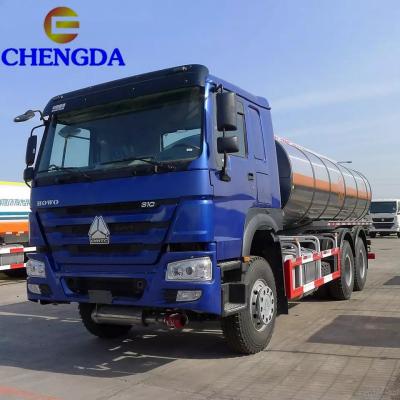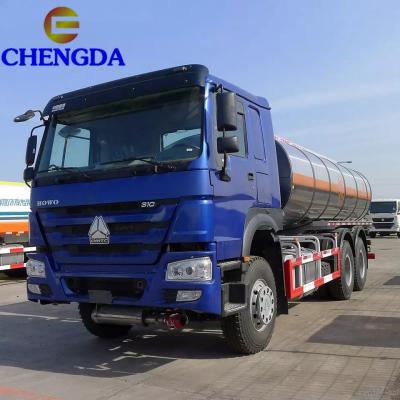How to clean the light oil tanker
Due to the requirements of the anti-corrosion coating on the inner wall of the tank truck, the rust on the inner wall of the tank must be removed. The following will introduce to you, tank truck cleaning and anti-corrosion methods.
Surface treatment process
The surface treatment process route is as follows: cleaning and degreasing→pickling and rust removal→water flushing→passivation→water flushing→drying.Cleaning and degreasing
For tankers loaded with different oil materials, the following different cleaning and oiling processes are adopted:
1. Tankers that have been loaded with gasoline, kerosene and other light oils without oil pollution in the tank are generally not cleaned, and can be directly pickled and derusted. This also applies to oil storage tanks, ship holds, car refueling trucks, etc.
2. Tankers loaded with diesel oil, lubricating oil, transformer oil, etc. shall be washed with high-pressure hot water automatic tank washer.
3. New tankers loaded with heavy oil and sealed with anti-rust oil are heated by steam and then washed with high-pressure hot water automatic tank washer.
Pickling and rust removal
The use of chemical treatment to remove rust on the metal surface is a relatively economical process plan. Because it can remove dirt such as oxide scale, a uniform rough surface can be obtained, and the base material will not be damaged by mechanical force.
And the metal substrate suffers from hydrogen embrittlement, and the rust removal effect is slow by acid immersion alone, and the operator has to wash it in a tank, which is labor-intensive and low-efficiency.
If an automatic acid spraying rust remover is used, the scouring force of the acid solution promotes the renewal of the acid solution on the surface of the reacting metal, drives out the hydrogen on the surface, and has a mechanical impact on the loose rust layer, so the efficiency is high, and the Reduce hydrogen embrittlement.
water flushing
After pickling, it is necessary to use an automatic acid spray rust remover to quickly rinse with cold water to remove the acid attached to the surface. The flushing pressure is not less than 3.5 kg/cm², and the flushing time is generally 20 minutes.
This process must be strictly controlled. If the acid solution is not washed cleanly, it will directly affect the adhesion between the metal surface and the coating film. The residual acid solution can sneak under the coating film and corrode, and it will not take long for the surface of the coating film to have needle-like yellow rust spots.
Turned out, and there are water droplets poured out, and the coating film will fall off in batches over time.
passivation treatment
The purpose of passivation treatment is to form a thin passivation film on the metal surface to separate the metal surface from various external media.



